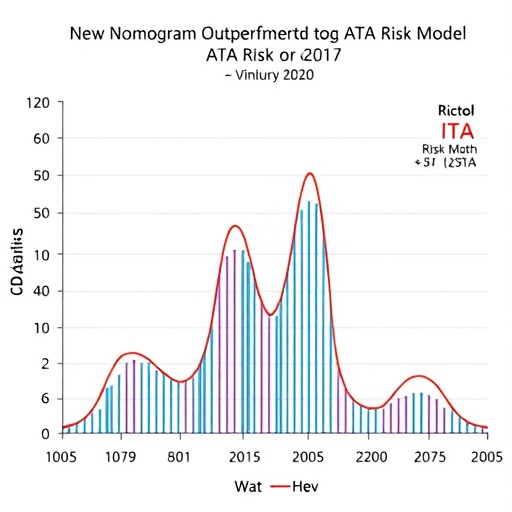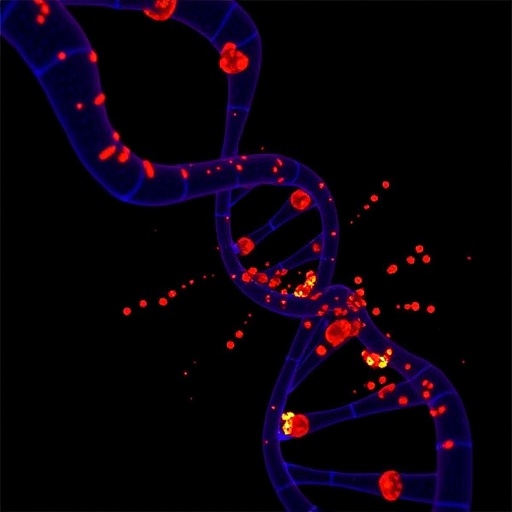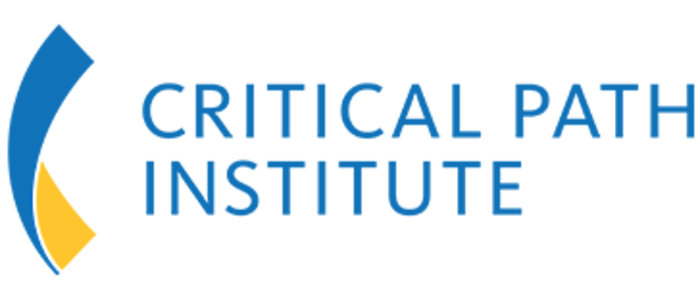
In the evolving landscape of thyroid cancer management, researchers have made a significant stride toward enhancing the precision of recurrence risk predictions, particularly for patients grappling with N1b papillary thyroid carcinoma (PTC). A recent study published in BMC Cancer introduces an innovative nomogram model developed through rigorous statistical analysis and clinical data, aiming to outperform the widely used 2015 American Thyroid Association (ATA) recurrence risk stratification. This breakthrough promises to transform personalized treatment strategies and long-term patient surveillance protocols.
Papillary thyroid carcinoma stands as the most common endocrine malignancy worldwide, accounting for the majority of thyroid cancer cases. Despite general favorable outcomes, the disease poses a challenging clinical problem due to its propensity for recurrence, with reported rates as high as 30%. Patients classified under the N1b stage, characterized by lateral cervical lymph node metastases, face an elevated risk of disease persistence or relapse. Managing these cases optimally demands nuanced risk assessments that transcend traditional clinical parameters.
The newly proposed nomogram model emerges from a meticulous retrospective study involving 558 patients diagnosed with N1b stage PTC. Leveraging advances in statistical learning, the research team employed the least absolute shrinkage and selection operator (LASSO) regression technique to sift through an extensive array of potential prognostic variables. This method excels at identifying the most impactful risk factors by imposing a penalty that shrinks the coefficients of less predictive features, thus fine-tuning the model’s focus.
.adsslot_PJh4OqiyXG{width:728px !important;height:90px !important;}
@media(max-width:1199px){ .adsslot_PJh4OqiyXG{width:468px !important;height:60px !important;}
}
@media(max-width:767px){ .adsslot_PJh4OqiyXG{width:320px !important;height:50px !important;}
}
ADVERTISEMENT
Seven significant clinical and pathological variables were distilled from the dataset and incorporated into the nomogram. These variables — although not explicitly itemized in the summary — collectively capture the complex interplay of tumor biology, patient characteristics, and disease extent that drive recurrence risk. The model was constructed using a training set and subsequently validated with independent test subsets, affirming its robustness and generalizability across patient cohorts.
A distinct advantage of this nomogram lies in its dynamic assessment capability. Unlike static risk groupings, the model allows clinicians to evaluate the risk of recurrence at varying time points post-surgery, accommodating the fluctuating nature of tumor behavior and treatment response. This temporal flexibility empowers oncologists to customize follow-up intervals and therapeutic interventions, potentially improving outcomes and resource allocation.
Comparative analyses highlighted the nomogram’s superior predictive accuracy relative to the 2015 ATA guidelines. While the ATA stratification remains a cornerstone in thyroid cancer management, its categorical approach may inadequately reflect individualized risk nuances, especially in complex cases like N1b PTC. By integrating quantitative risk scoring, the nomogram affords a more granular differentiation between low, intermediate, and high-risk patients, thereby refining decision-making processes.
Importantly, the model’s design underscores its clinical translation readiness. Developed from easily obtainable variables in routine practice, it aligns with existing diagnostic workflows, facilitating seamless integration without imposing additional burdens on healthcare systems. This practicality enhances its appeal for widespread adoption and real-world impact.
In the context of personalized medicine, such predictive tools mark a paradigm shift, moving beyond generalized protocols toward tailored therapeutic regimens. For patients, this means more precise prognostication, avoidance of overtreatment, and timely detection of disease recurrence. For clinicians, it fosters informed conversations and strategic planning that resonate with individual patient profiles.
From a research standpoint, this work exemplifies effective synergy between advanced statistical methodologies and clinical oncology. The application of LASSO regression exemplifies how high-dimensional data can be channeled into actionable insights, a technique increasingly relevant in the era of big data and precision health.
The study also touches on dynamic risk assessment as an evolving concept in oncology. This approach acknowledges that cancer progression and recurrence risk are fluid, influenced by both intrinsic tumor characteristics and extrinsic treatment factors. Incorporating time-varying risk estimates into clinical tools enhances their relevance and accuracy, a promising direction for future risk models.
While the nomogram’s performance is compelling, ongoing validation across diverse populations and healthcare settings remains critical. External validation helps to account for demographic and practice variability, ensuring that the model maintains predictive reliability beyond the original study cohort.
The implications of adopting such a nomogram extend to healthcare policy and guideline development. Should further studies corroborate its advantages, revisions to risk stratification frameworks like the ATA guidelines may ensue, promoting risk classification systems that blend categorical and quantitative assessments.
Additionally, this model serves as a template for similar innovations in other cancer types. The methodological framework — harnessing LASSO regression coupled with nomogram visualization — can be adapted to predict outcomes across a broad spectrum of oncological conditions, fostering a culture of precision oncology.
Ultimately, the integration of this novel nomogram into clinical practice holds promise for improving the management of patients with N1b papillary thyroid carcinoma. By providing a tool that captures the multifactorial nature of disease recurrence, it aligns with the overarching goal of maximizing therapeutic efficacy while minimizing unnecessary interventions.
As thyroid cancer incidence continues to rise globally, advancements like this are particularly timely. Enhanced recurrence risk prediction not only optimizes patient care but also could alleviate economic burdens associated with repeated surgeries and prolonged surveillance in high-risk populations.
The collaborative effort of Liu, Duan, Wang, and colleagues epitomizes the critical role of interdisciplinary research in oncology, combining statistical expertise, clinical insight, and patient-centered perspectives to devise tools that embody the ethos of modern medicine.
Future research directions may include integrating molecular and genetic markers into the nomogram, thereby enriching the model’s discriminatory power and aligning with the molecular era of cancer diagnostics.
In conclusion, this novel prediction nomogram signifies a compelling advancement in the recurrence risk assessment of N1b papillary thyroid cancer, offering a more precise, dynamic, and individualized approach than existing guidelines. Its dissemination and validation could herald a new standard in thyroid cancer management, reflecting the cutting edge of personalized oncology.
Subject of Research: Development of a nomogram for predicting recurrence risk in N1b papillary thyroid carcinoma patients, compared against the American Thyroid Association recurrence risk stratification.
Article Title: Novel prediction nomogram model for recurrent/persistent disease versus the American thyroid association recurrence risk stratification in patients with N1b papillary thyroid cancer: a retrospective cohort study
Article References:
Liu, J., Duan, Y., Wang, Y. et al. Novel prediction nomogram model for recurrent/persistent disease versus the American thyroid association recurrence risk stratification in patients with N1b papillary thyroid cancer: a retrospective cohort study. BMC Cancer 25, 1271 (2025). https://doi.org/10.1186/s12885-025-14742-4
Image Credits: Scienmag.com
DOI: https://doi.org/10.1186/s12885-025-14742-4
Tags: American Thyroid Association risk modelcervical lymph node metastasesclinical risk assessment methodsinnovative nomogram modelLASSO regression techniquelong-term patient surveillanceN1b papillary thyroid carcinomapersonalized treatment strategiesrecurrence risk predictionsstatistical analysis in oncologythyroid cancer managementthyroid cancer recurrence rates






